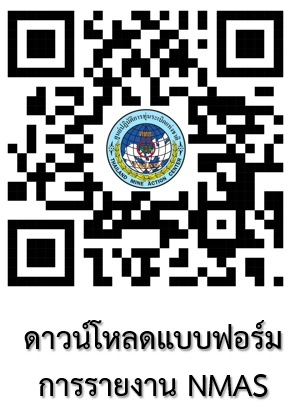The 1997 Mine Ban Treaty was the first disarmament convention committing States Parties to provide assistance to the victims of a specific weapon. The components of victim assistance include, but are not restricted to: data collection and needs assessment with referral to emergency and continuing medical care; physical rehabilitation, including prosthetics and other assistive devices; psychological support; social and economic inclusion; and relevant laws and public policies.
The definition of “landmine victim” was agreed by States Parties in the Final Report of the First Review Conference (paragraph 64) formally adopted at the Nairobi Summit in 2004 as based on the then generally accepted understanding as “those who either individually or collectively have suffered physical or psychological injury, economic loss or substantial impairment of their fundamental rights through acts or omissions related to mine utilization.” Landmine victim, according to this widely accepted understanding of the term, includes survivors, as well as affected families and communities.
In the penultimate year for the Mine Ban Treaty’s Maputo Action Plan 2014–2019, this chapter principally takes stock of changes, progress, and challenges to the provision of assistance in States Parties with significant numbers of survivors and needs. It draws from reporting on the activities and challenges of hundreds of relevant programs implemented through government agencies, international and national organizations and NGOs, survivors’ networks and similar community-based organizations, as well as other service providers.
In most States Parties some efforts to improve the quality and quantity of health and physical rehabilitation programs for survivors were undertaken. However, after a trend of large reductions in services available in recent years due to decreases in resources, in 2017–2018 many countries saw near-stagnation in the remaining core assistance services for mine/explosive remnants of war (ERW) victims. Services remained largely centralized, preventing many mine/ERW survivors who live in remote and rural areas from accessing those services. The needs remain great, including in the newest States Parties, Palestine and Sri Lanka.
Many existing coordination mechanisms had some survivor participation, but States Parties were yet to fulfill their commitments to building the capacity of survivors through their representative organizations. Most survivor networks struggled to provide essential local support not available through larger NGOs or existing state services.
The Monitor website includes comprehensive country profiles detailing the human impact of mines, cluster munitions, and other ERW and examining progress in victim assistance in some 70 countries, including both States Parties and states not party to the Mine Ban Treaty and the Convention on Cluster Munitions. A collection of thematic overviews, briefing papers, factsheets, and infographics related to victim assistance produced since 1999 is available through the Victim Assistance Resources portal on the Monitor website.
Source: http://www.the-monitor.org/en-gb/reports/2018/landmine-monitor-2018/victim-assistance.aspx



















